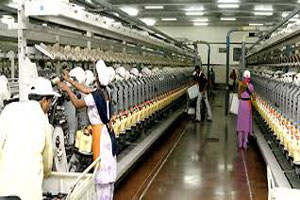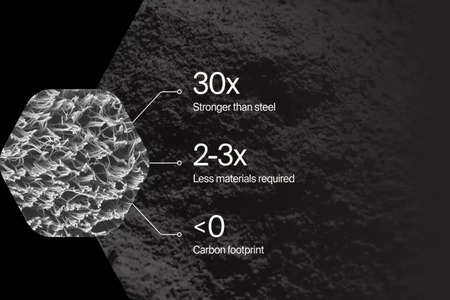
Textile mills affected by the move in ATUFS
YarnsandFibers News Bureau 2016-01-09 12:00:00 – CoimbatoreThe Cabinet Committee on Economic Affairs (CCEA) decision to introduce the Amended Technology Upgradation Fund Scheme (ATUFS) and approved R12,671 crore for its “committed liabilities†under the old scheme completely rejects claims of textile mills that had sought subsidy against investments made under the Technology Upgradation Fund Scheme (TUFS) during the so-called black-out period, a senior official said.
The allocation of a total of R17,822 crore approved by the CCEA last week for subsidy payments under both the old and the new schemes also didn’t make any provision for such claims, the official added.
The subsidy claims are to the tune of R1,000-1,200 crore, according to an industry estimate.
The blackout period (from June 28, 2010, to April 27, 2011) refers to the time when the government had stopped fresh sanctions of projects under TUFS, seeking to change the contours of TUFS from an open-ended scheme to a closed-ended one, and launched the revised scheme only from April 2011.
It provided another Rs 5,151 crore for subsidy payment under the new scheme (ATUFS) over a period of seven years, much less than the allocation seen in recent years.
The government’s decision to not consider the black-out period cases as “committed liabilities†would further pressure textile mills, which have taken loans to fund expansion or upgrade and have been facing the brunt of a global slowdown, liquidity crunch and volatile raw material prices for at least three years now.
The owner of a textile mill to be affected by the move said that in all likelihood they would challenge such a decision in the court. He didn’t want to be named until a formal notification on the decision was out.
According to industry executives, in 2010, the textile commissioner sent a letter to banks, asking them not to make any fresh sanction of projects under the scheme. The next year, the government introduced the revised scheme, which took effect only prospectively, leaving the fate of the mills that had made investments during the interim period undecided.
The textile industry argues that the scheme can’t be halted midway through a letter from the textile commissioner to banks, as a formal notification informing the government’s decision was not put out in the public domain.
The finance ministry, under then finance minister Pranab Mukherjee, argued that since the mills knew about the decision of the government that the scheme had been stopped (through the commissioner’s letter to banks), they are not entitled to the subsidy, said another source. Mills, however, claimed they were unaware of any such decision of the government, as a letter from the commissioner to banks had neither the sanctity nor the clarity of a formal official notification.
Under the old scheme, the government used to provide interest subsidy up to 6%, capital subsidy up to 30% in the form of a grant and support under the margin money scheme (another form of capital subsidy) for investments under TUFS, depending on the segment in which investments have been made.
However, under ATUFS, there will be two broad categories: Apparel, garment and technical textiles segments will be provided 15% subsidy on capital investment, subject to a ceiling of Rs 30 crore for entrepreneurs over a period of five years; the remaining sub-sectors would be eligible for capital subsidy at a rate of 10%, subject to a ceiling of Rs 20 crore on similar lines.
Market Intelligence
Ask for free sample Report

experience
Customer Base
dedicated team
Countries Served Worldwide









